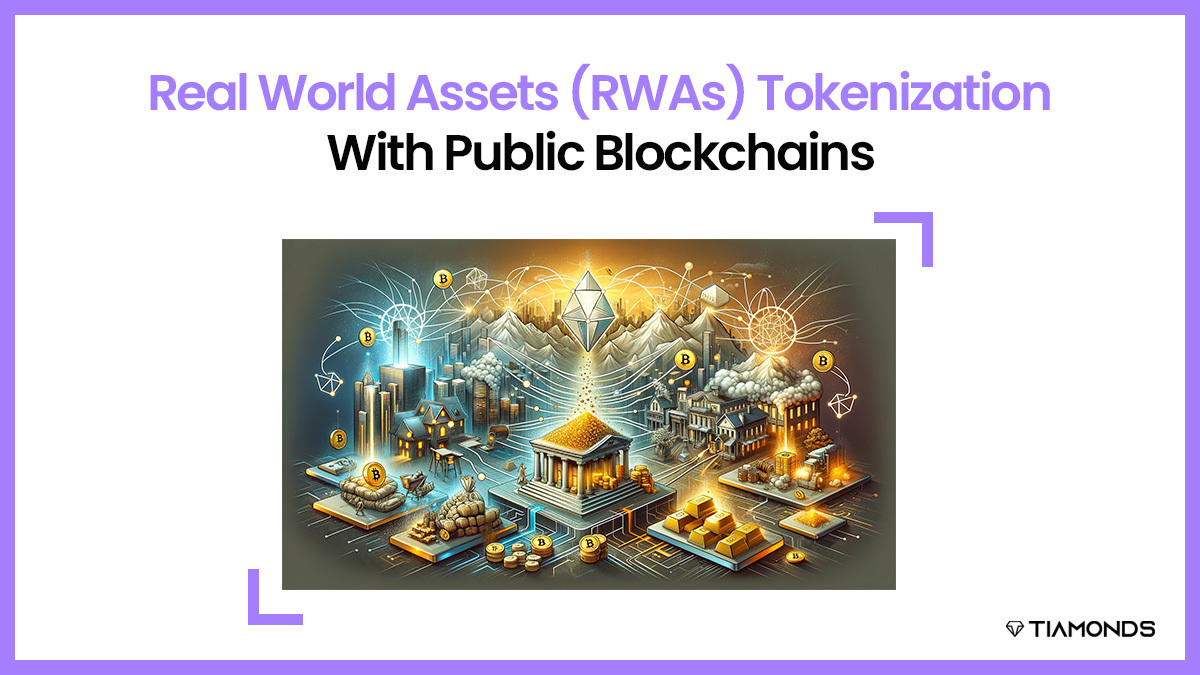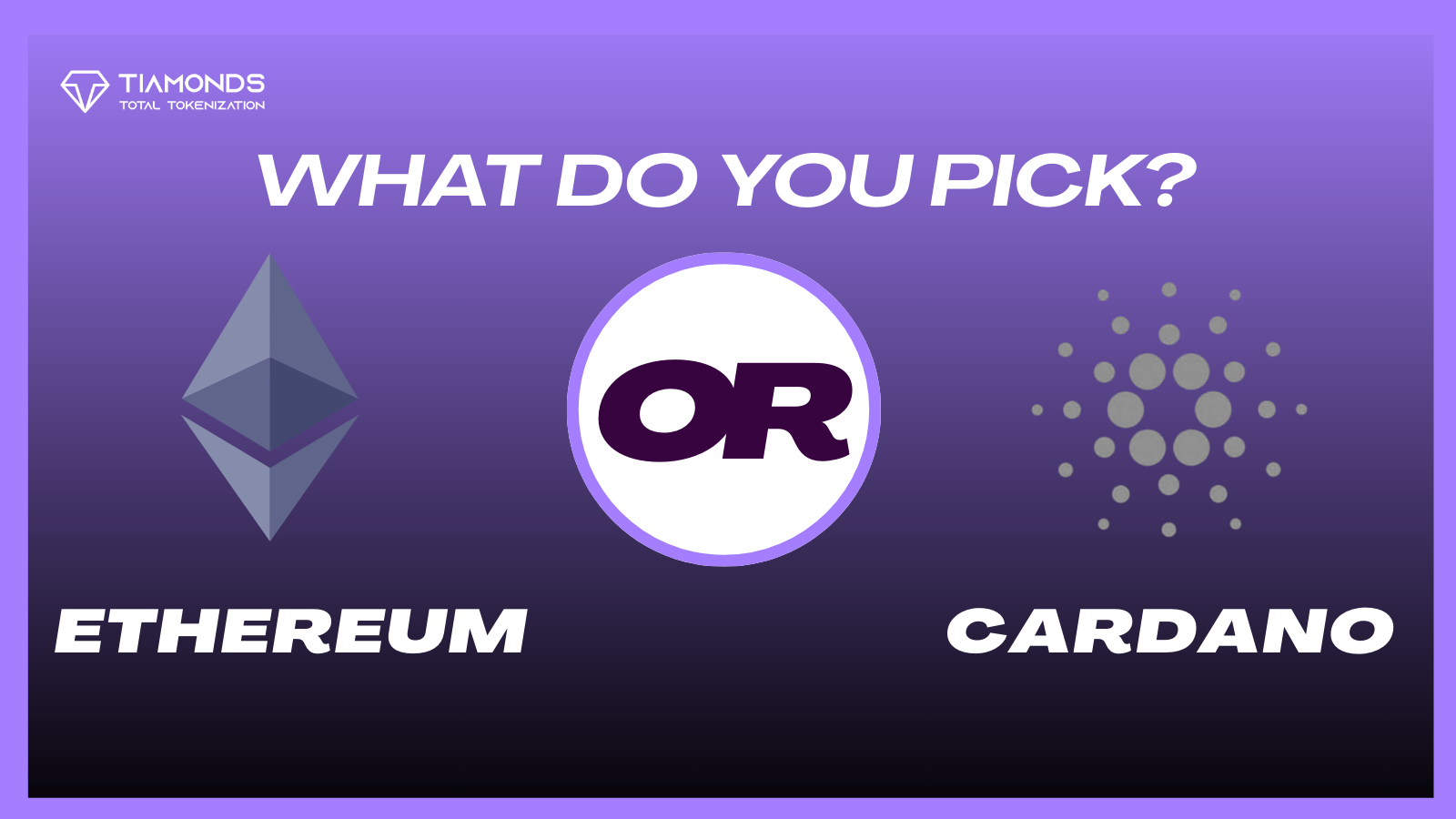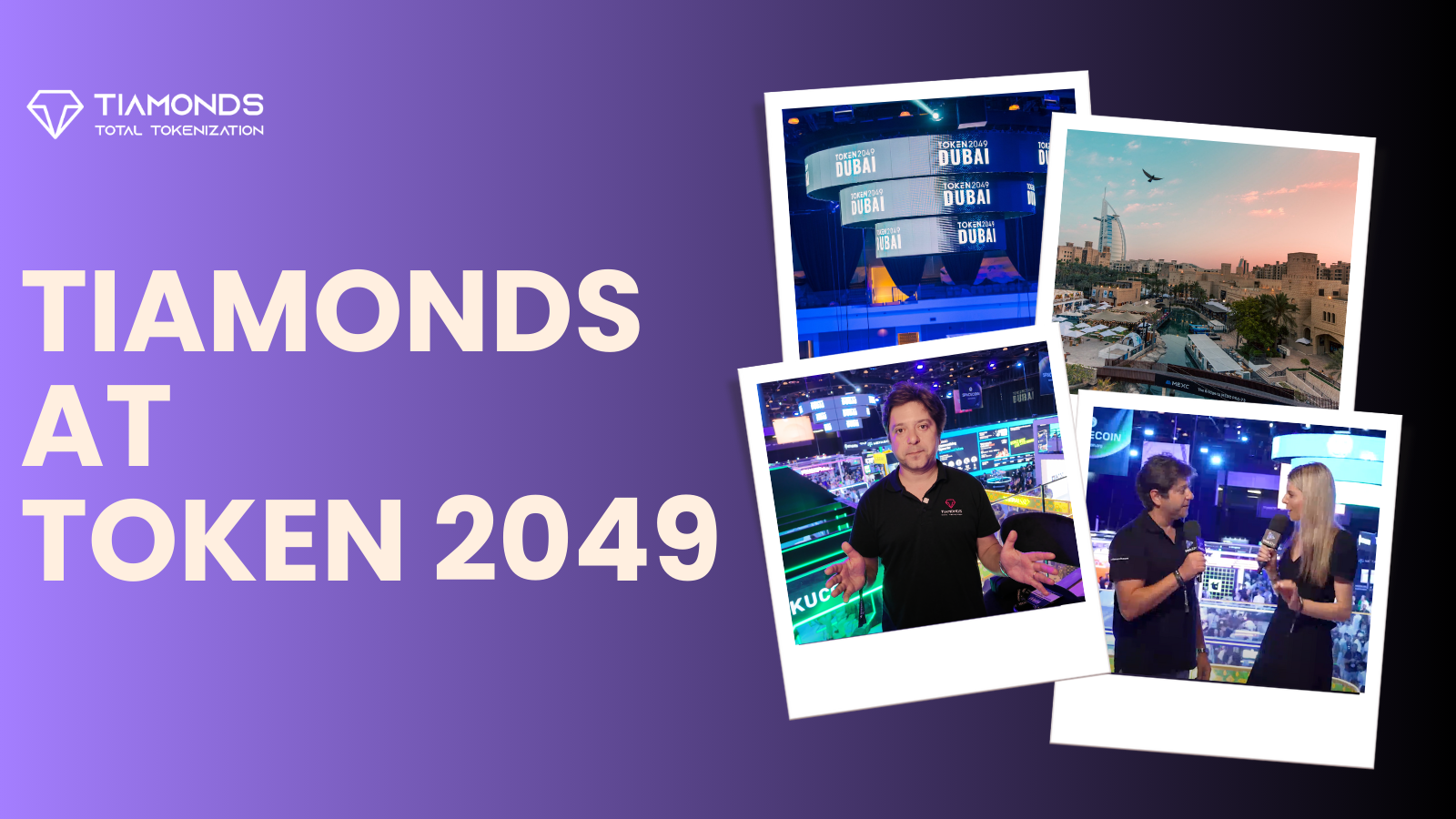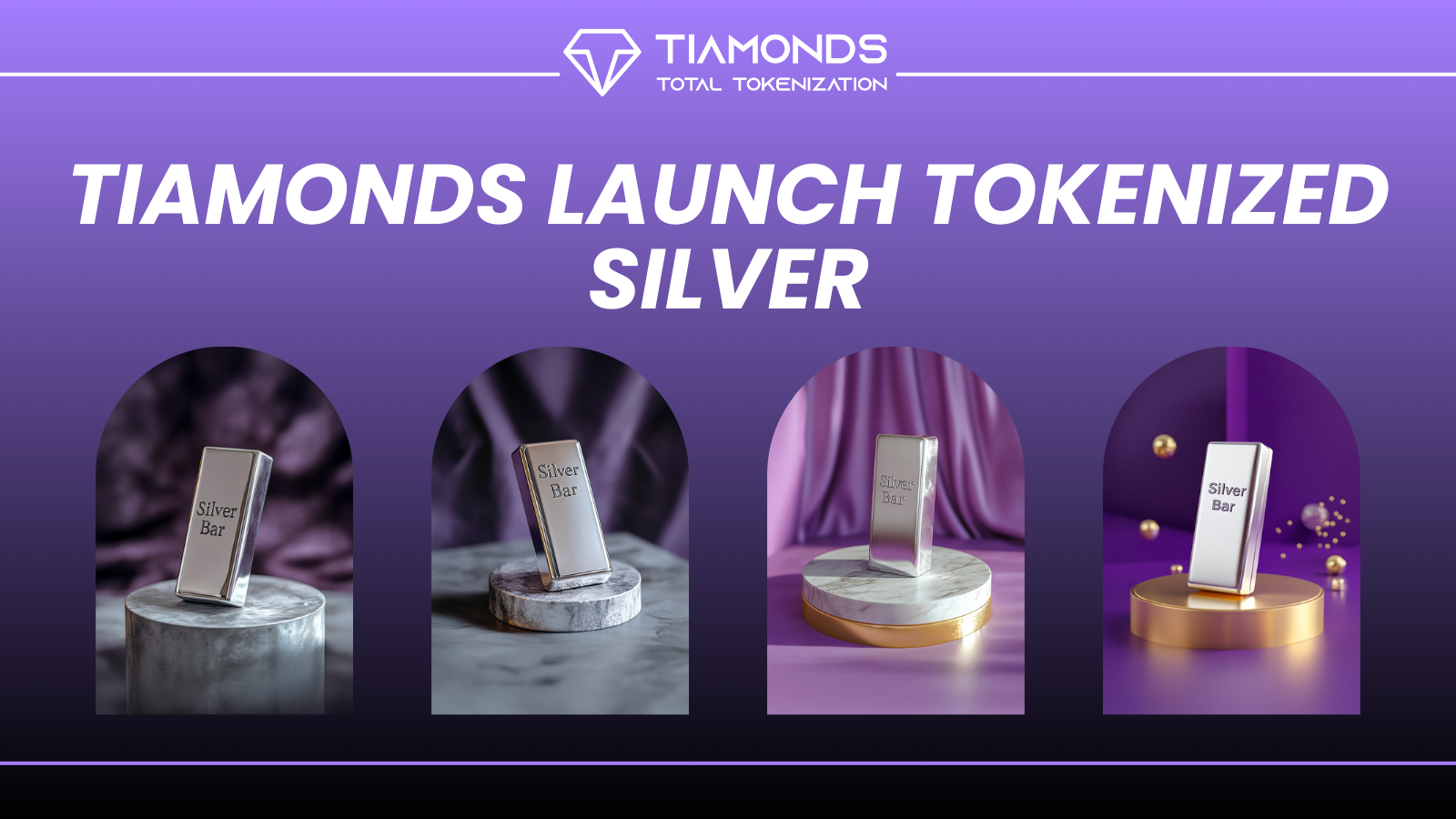The emergence of blockchain technology has been the catalyst for the development of digital assets such as Bitcoin and Ethereum. This serves as an innovative alternative for a diverse array of industries. According to a report, the blockchain market size was $12.3 billion in 2023 and is expected to reach $163.83 billion by 2029 at a compound annual growth rate (CAGR) of 56.3%. Real-world asset tokenization (RWA) emerged as a game-changing use case of blockchain technology in 2017. In 2024, the real world assets (RWAs) Tokenization market is experiencing a significant surge, with an anticipated $16.1 trillion in tokenized assets by 2030.
Therefore, which blockchain is more suitable for RWA tokenization: public or private?
Public blockchains have been acquiring popularity due to their decentralized nature, which makes them better adapted for certain applications. Despite the fact that private blockchains are typically used by companies for their own internal purposes.
Table of Contents:
TogglePublic Blockchain
Anyone can validate transactions and participate in a public blockchain, an open source network. Operations are transparent and accessible to all network users. The network is open to all individuals who wish to participate in the validation of transactions by operating a node. A node is a device that validates transactions and maintains a copy of the blockchain.
The network is not regulated by a governing body or organization in a public blockchain. The network receives compensation for the ongoing transactions it conducts and for upholding security. Transactions are finite.
Bitcoin, Ethereum, Polygon, BASE, and numerous other public blockchains serve as examples.
Private Blockchain
A private blockchain, on the other hand, is a restricted network that caters to a specific group of individuals or entities. In essence, it is a private database that allows for the reversal, editing, or deletion of transactions. The network allows only authorized participants to join and verify transactions. An underlying body or organization controls the network, concealing its operations from the participants in the transaction.
Due to their closed nature, financial institutions primarily use private blockchains to tokenize their own assets for themselves or their own network. They remain valuable, but their value proposition is more akin to a zero to 0.1 value proposition, rather than the zero to one change in value that public blockchains provide.
Public vs Private Blockchain For Asset Real World Assets (RWAs) Tokenization
Given that we have a fundamental comprehension of public and private blockchains, it is time to clarify the distinction between the two.
Private blockchains provide a controlled environment and robust authentication for RWA tokens, whereas public blockchains have the potential to scale more effectively.
Decentralization
Decentralization is one of the primary distinctions between public and private blockchains. Public blockchains are entirely decentralized, which implies that there is no governing body or organization that regulates the network. Conversely, private blockchains are centralized, which implies that the network is under the control of a central authority or organization.
Transparency
Public blockchains are entirely transparent, which implies that all transactions on the network are accessible to anyone. Conversely, private blockchains are opaque, which implies that transactions are accessible exclusively to authorized participants.
Security
Private blockchains are less secure than public blockchains. It is significantly more challenging to hack or assault a public blockchain network due to its decentralized nature, which frequently involves a large number of distributed nodes that govern the network.
For example, the Ethereum network, which is the second-largest public blockchain, had approximately 7,050 nodes as of January 11, 2024.
On the other hand, a private blockchain is more susceptible to assaults due to its centralized nature. Typically, private blockchains have fewer nodes than public blockchains, which makes it simpler for malicious actors to gain control of the network.
Immutability
Public blockchains are immutable, which implies that a transaction cannot be altered or removed once it has been added to the blockchain. This renders public blockchains an optimal platform for the development of a tamper-proof ledger.
Private blockchains are susceptible to manipulation, modification, rollback, and even deletion of their transactions.
Compatibility
Due to privacy and security concerns, private blockchains frequently operate independently of the broader blockchain ecosystem. This could potentially limit the applications of RWA tokens issued on private channels.
However, other digital assets in the ecosystem, such as BTC, ETH, altcoins, USDC, USDT, NFT, DAO, and others, are more likely to connect to tokenized RWAs on public blockchains. This could potentially facilitate the adoption and expansion of RWA tokens in the DeFi world.
Benefits of using public blockchains for Real World Assets (RWAs) Tokenization
First and foremost, public blockchains issue every significant digital asset, including Bitcoin, Ethereum, 10,000+ alt coins, stablecoins, DAOs, NFTs, and security tokens. Interoperability is exclusively applicable to public blockchains. Blockchain technology finds its value on public blockchains. Only on public blockchains can we access and connect to the potency of DeFi innovations.
Second, the issuance of real-world asset tokens (asset-backed tokens or security tokens. As they are commonly referred to) on public blockchains enables the establishment of the first liquidity pools for the assets.
Thirdly, public blockchains are independent. This renders it potentially more accessible and safe than private blockchains.
Fourthly, public blockchains are more inclusive. Regardless of their background or location, anyone is eligible to validate transactions and partake in the network. This renders it more democratic and equitable than private blockchains, which are exclusive to a limited number of participants.
Fifth, public blockchains are more innovative. It is more likely to attract the most talented developers and entrepreneurs who can develop new applications and use cases for the technology, given that it is open-source and accessible to all.
To Conclude
There is a widespread misconception that tokenization may not be advantageous for crypto assets, as this practice will occur on private, permissioned blockchains, rather than public, permissionless ones such as Ethereum. Although it is accurate that banks have conducted experiments with private blockchain infrastructure (e.g., JP Morgan Onyx, HSBC Orion, and Goldman Sachs DAP). This is at least partially due to current regulations, which prohibit depository institutions from engaging with public chains. Asset managers, who are not subject to the same limitations, have been developing public chains or a combination of public and private chains.Thirteen
In reality, the majority of the effective applications of real world assets (RWAs) tokenization to date—including stablecoins, tokenized Treasuries, and tokenized credit products—have been implemented on public blockchain infrastructure. The rationale is straightforward: this is where the users are.




